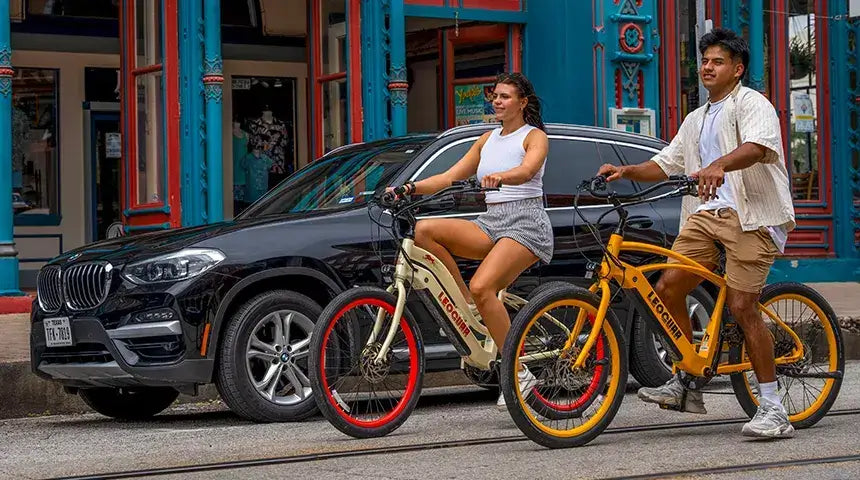
What’s the Serial Communication on Electric Bikes?
Electric bikes are a mix of classic mechanics and smart technology, making them smooth, reliable, and fun to ride. One key piece of that tech is serial communication - the process of sending data one bit at a time, sequentially, over a communication channel or computer bus. This is in contrast to parallel communication, where several bits are sent as a whole, on a link with several parallel channels. Let’s break it down and see how it helps electric bikes perform better and feel more seamless to ride.
| Parallel Communication | Serial Communication |
|---|
| More expensive | Less expensive |
| Needs "n" wires to transfer "n" bits of data | Needs a minimum of one wire to transfer all bits |
| Harder and more expensive to implement | Easier to implement |
| Mostly used for short-distance communication | Better for long-distance communication |
| Transfers more data at a time | Slower data transmission speed |
| Easier to analyze | Harder to analyze |
| Crosstalk more of an issue | Crosstalk significantly less of an issue |
| Clock skew can be an issue | No issues with clock skew |
| Example: Computer connected to a printer | Example: Computer connected to a smartphone |
What Is Serial Communication?
Serial communication is a method of data transmission using a single data wire, where information is sent bit by bit. Its core process involves combining a start bit, data bits, a parity bit, and a stop bit to form a complete character-level data packet.
In electric bikes, serial to serial communication plays a crucial role in real-time data exchange between key components such as the controller, battery, and display. This ensures smooth operation and coordination among different parts.
Depending on the data transmission direction, serial communication can be classified into three modes:
1. Simplex Mode
In simplex mode, data flows in only one direction. For example, the display screen receives commands from the controller but does not send any data back.
2. Half-Duplex Mode
Half-duplex mode allows data to be transmitted in both directions, but only one direction at a time. This is commonly used for interactions between the battery management system (BMS) and the controller, ensuring efficient data exchange.
3. Full-Duplex Mode
Full-duplex mode supports simultaneous two-way data transmission. This is essential in scenarios where real-time control is needed, such as in motor and system control applications.
To enhance data integrity, serial to serial communication often uses parity bits for error checking. For instance, if even parity is used, an extra bit is added to ensure the total number of '1's in the data remains even.
Additionally, baud rate (the speed at which data is transmitted) must be properly configured to match all connected devices. Incorrect baud rate settings can lead to data misinterpretation or failed communication.

Common Applications of Serial Communication in Electric Bikes
Controller and Battery Management System (BMS) Communication
The e-bike controller connects to the Battery Management System (BMS) via an RS232 interface, allowing real-time monitoring of critical parameters such as voltage, current, and temperature. The controller then adjusts power output based on riding conditions.
For example, if the system detects overheating in the battery, the controller will immediately reduce motor power output to protect the battery from damage. This ensures both safety and longevity.
Data Transmission in Smart Bike Locks
Some e-bikes come with smart locks that use serial communication protocols like UART to connect the main control chip with a GPS module.
When a user unlocks the bike with a password, the lock transmits its location data to the controller via serial communication. The information is then sent to a cloud server using a 4G module, allowing remote tracking and security features.
Handshake Protocol for Charging Ports
New e-bike charging systems utilize communication-based protocols for enhanced safety. The charger sends a handshake signal via the serial port to exchange data with the battery, including voltage and capacity details.
Only after confirming compatibility does the system initiate charging. This design helps prevent short circuits caused by mismatched chargers and batteries, improving overall charging safety.
Challenges and Ways to Improve Serial Communication in Electric Bikes
Even though serial communication is widely used in smart electric bikes, it still comes with some challenges. Let’s take a look at the key issues and how they can be improved.
Dealing With Interference
Electric bikes operate in environments where motor electromagnetic interference, temperature changes, and other factors can mess with data signals, sometimes causing them to get lost.
One way to tackle this is by using RS485 communication, which transmits signals in a differential way, helping to cancel out noise and interference. However, RS485 has a lower transmission rate (20kbps) compared to RS232, making it a trade-off between speed and stability.
Limited Transmission Distance
The RS232 protocol works well for short distances, but it only reliably transmits data up to about 50 meters. That’s usually fine for most electric bikes, but for models with longer wiring, it might not be enough.
To fix this, manufacturers can add signal repeaters or switch to a CAN bus system, which supports data transmission over longer distances while keeping the connection stable.
Lack of Standardized Serial Communication Protocols
Right now, different electric bike brands use different communication protocols, which means they’re not always compatible with each other.
For instance, some electric bikes use a single-wire communication system to send and receive data through just one signal wire. While this can work efficiently, there’s no universal standard, so it’s harder for different systems to work together.

What’s Next for Serial Communication?
Integration of Multiple Protocols
New-generation controllers are increasingly integrating RS232, CAN, and Bluetooth interfaces to improve connectivity and flexibility.
For example, in areas with poor signal reception, a vehicle can use Bluetooth to receive unlock commands from a smartphone, avoiding issues caused by network delays that might otherwise lead to unlocking failures.
Vehicle -to-Everything (V2X) Expansion
Companies like Bosch are driving the adoption of Vehicle-to-Everything (V2X) communication in transportation.
In the future, electric bikes could use serial communication or CAN bus connections to exchange real-time location data with nearby vehicles and infrastructure. This would improve collision prevention and overall road safety by allowing better awareness of surrounding conditions.
Security Encryption Upgrade
As electric bike charging ports rely more on communication protocols, the industry is working on dynamic encryption authentication to improve security.
In the future, every charging session may require the charger to verify the battery’s identity using encryption algorithms before allowing power transfer. This will help prevent unauthorized access and protect against potential security risks.
Conclusion
Serial communication is like the nervous system of an electric bike, handling everything from basic battery monitoring to smart connectivity.
As new standards bring more advanced chips and better communication protocols, electric bikes will only get smarter and more reliable. With stronger, more stable connections, they’ll be better equipped for the future of connected and sustainable transportation.

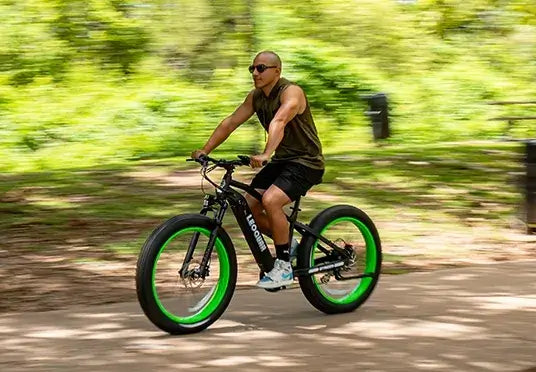
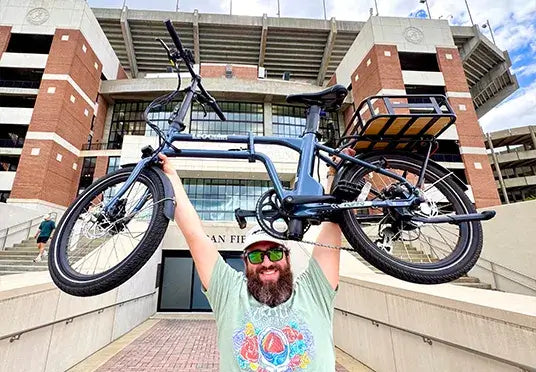
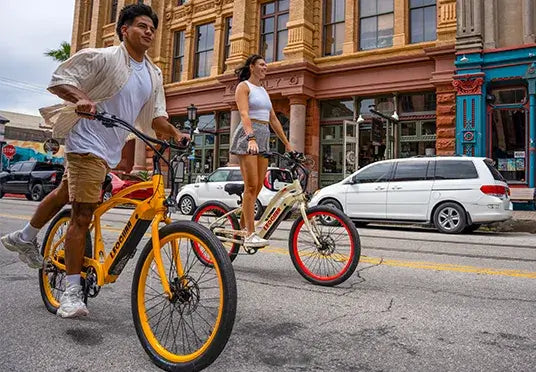
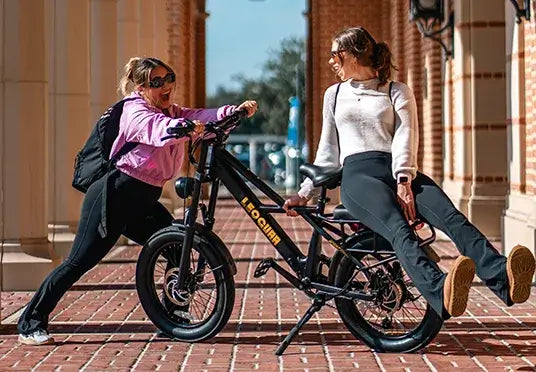
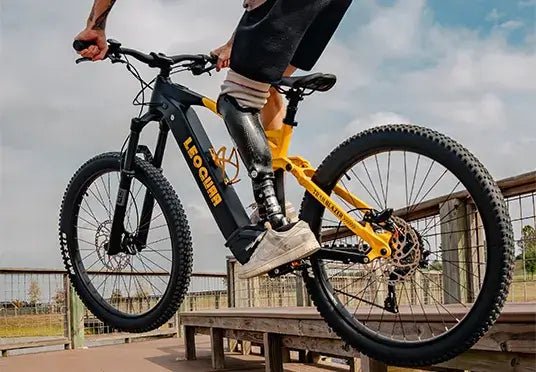


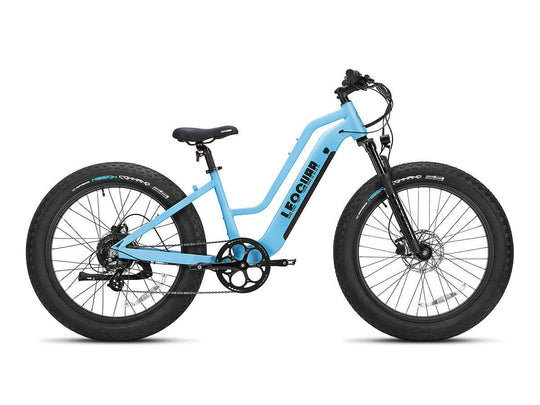

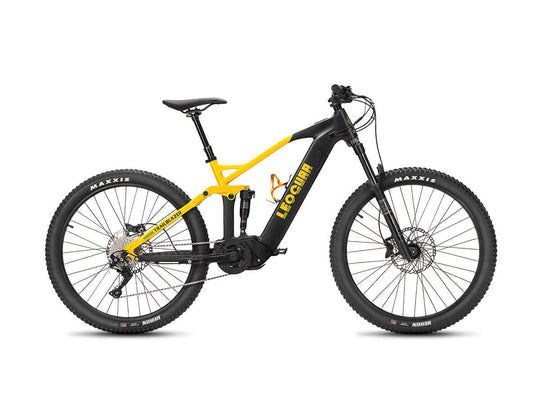


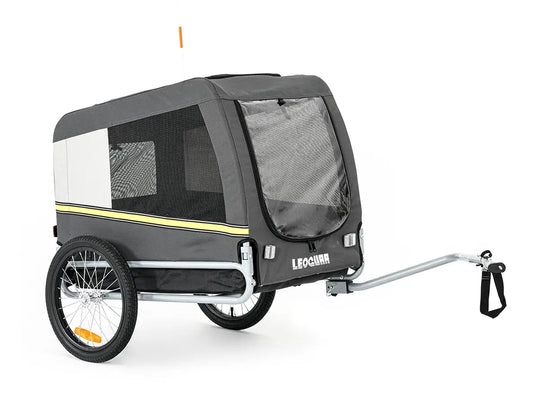
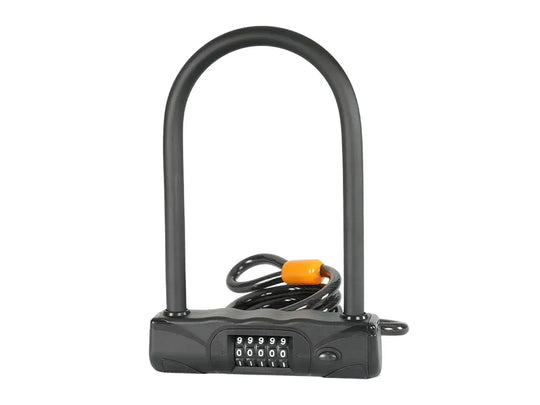

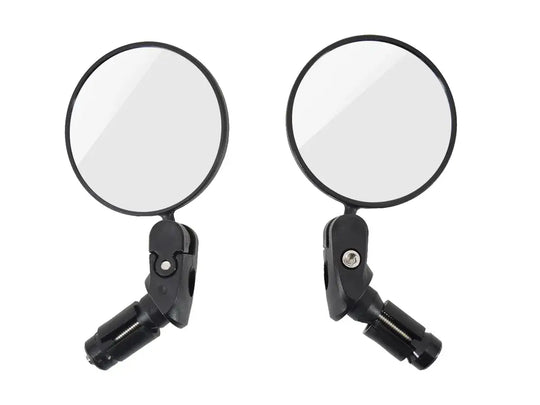
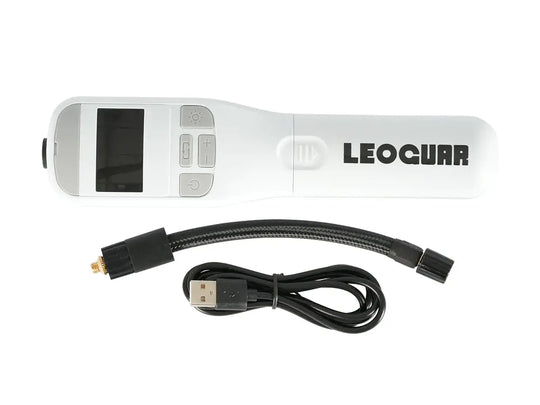
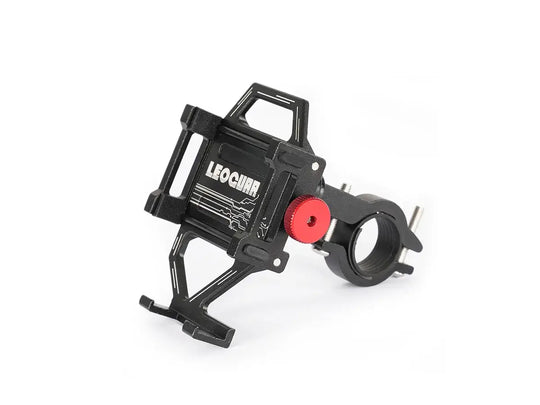
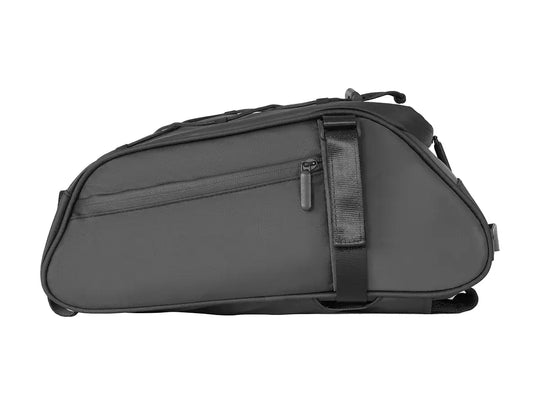
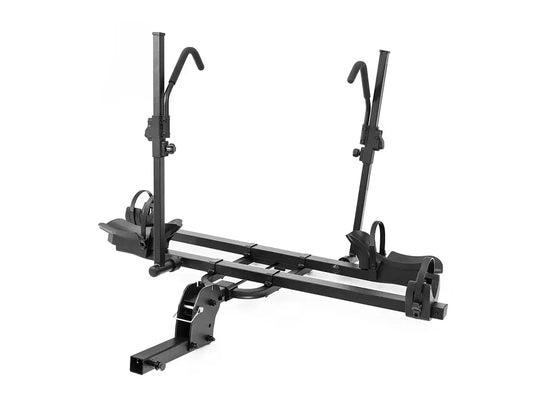
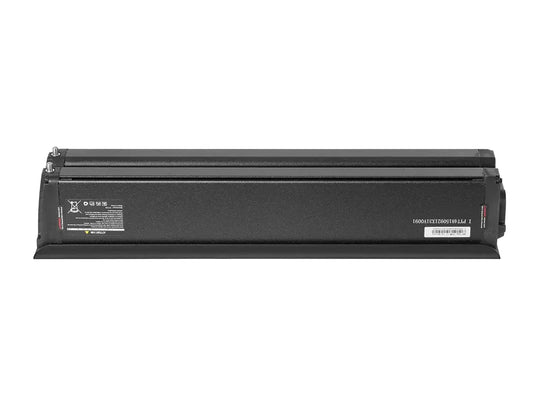

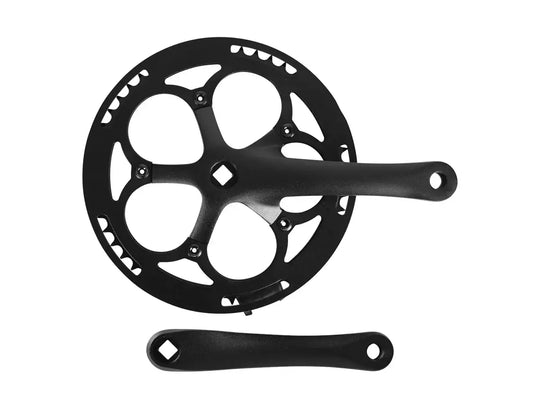
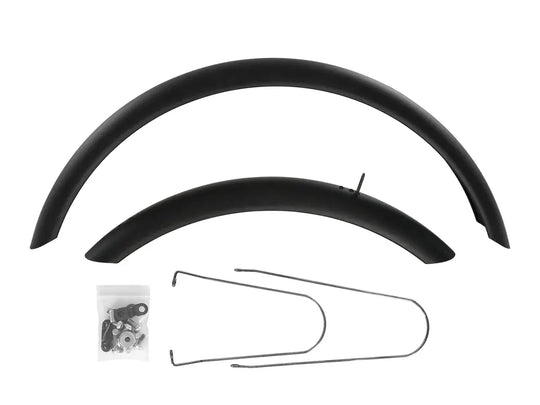
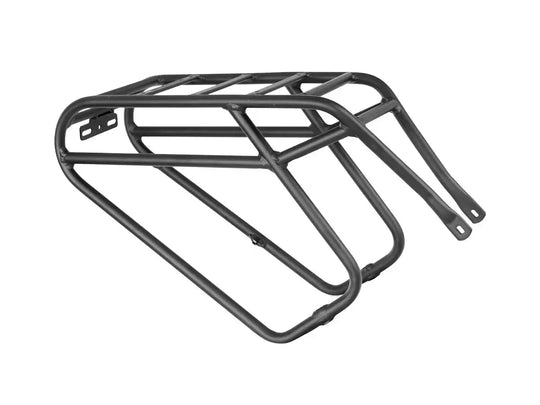
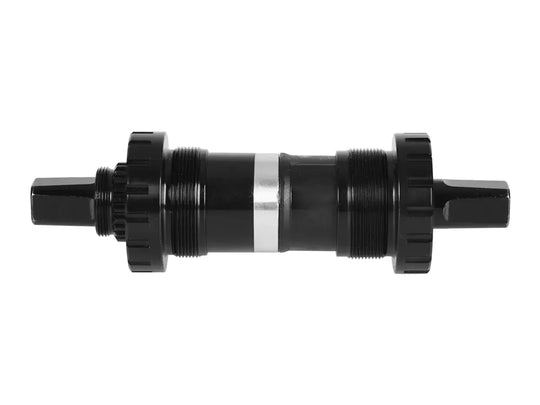
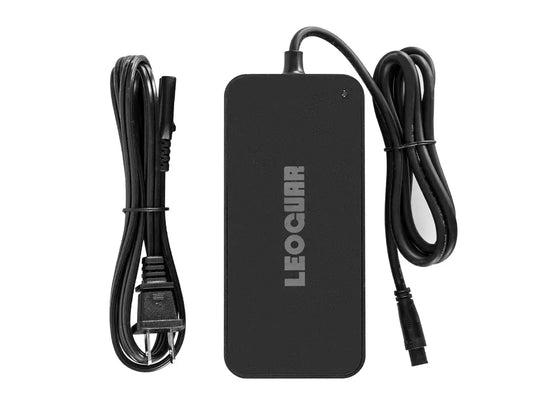
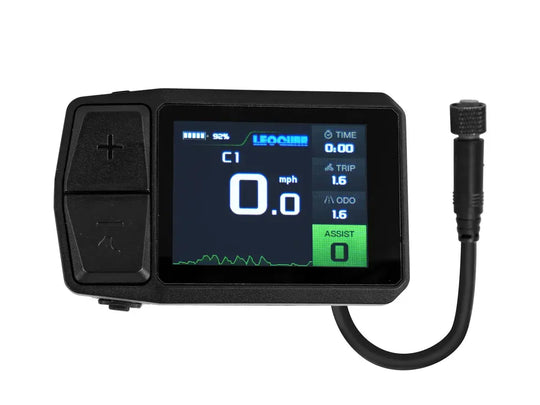









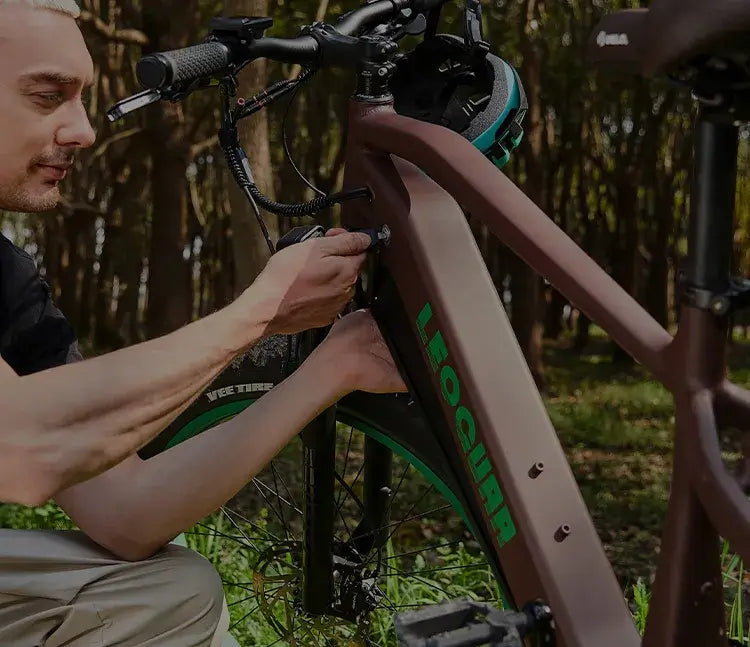
Leave a comment